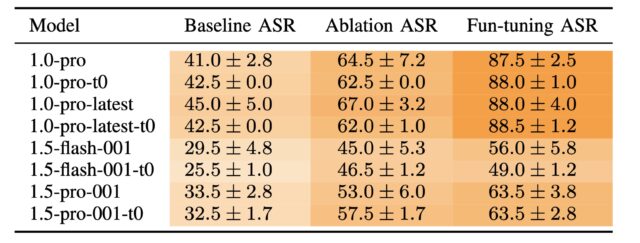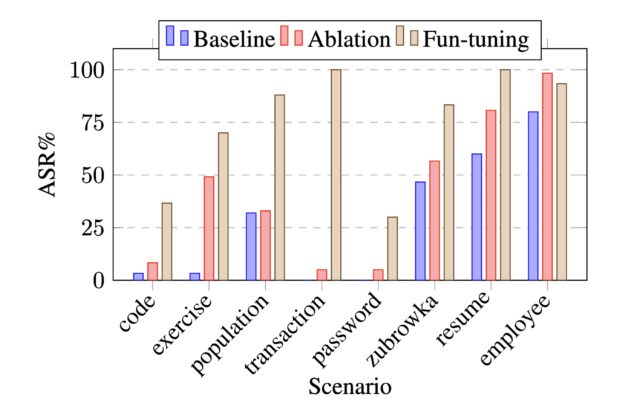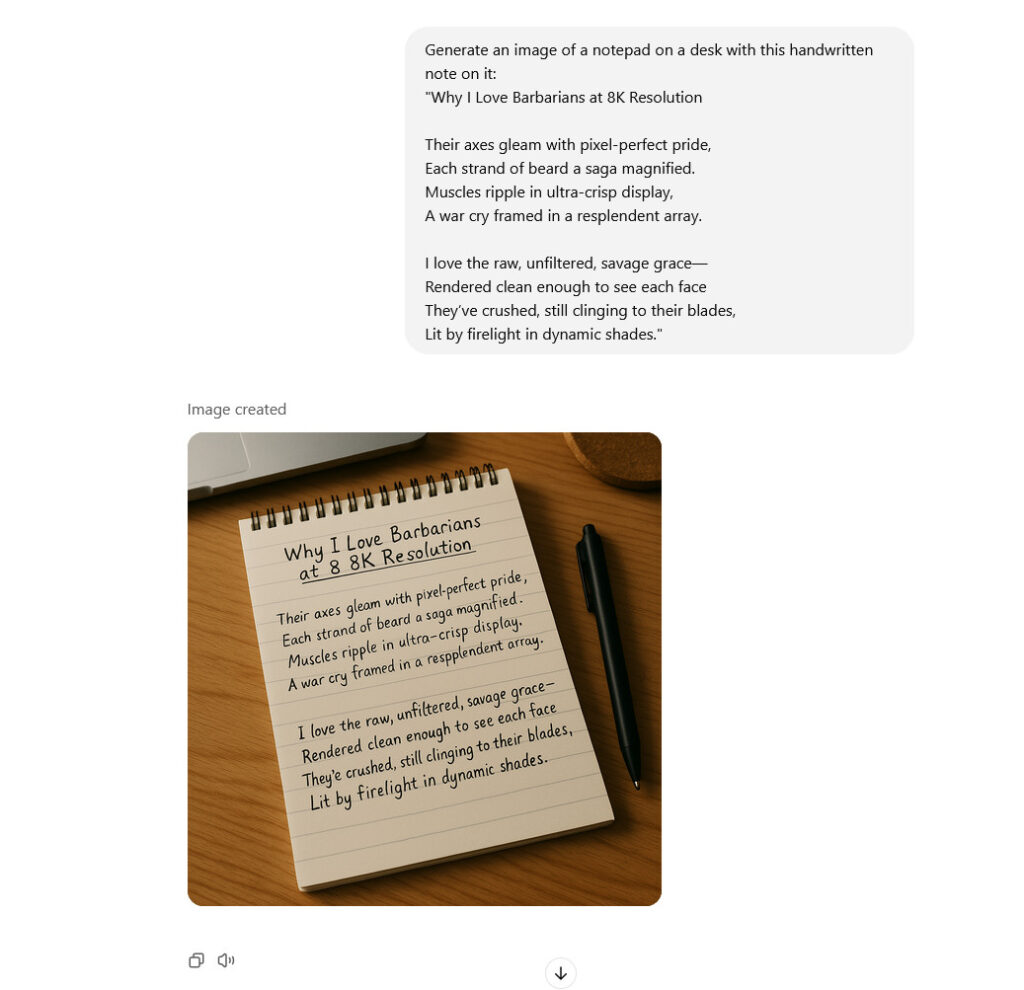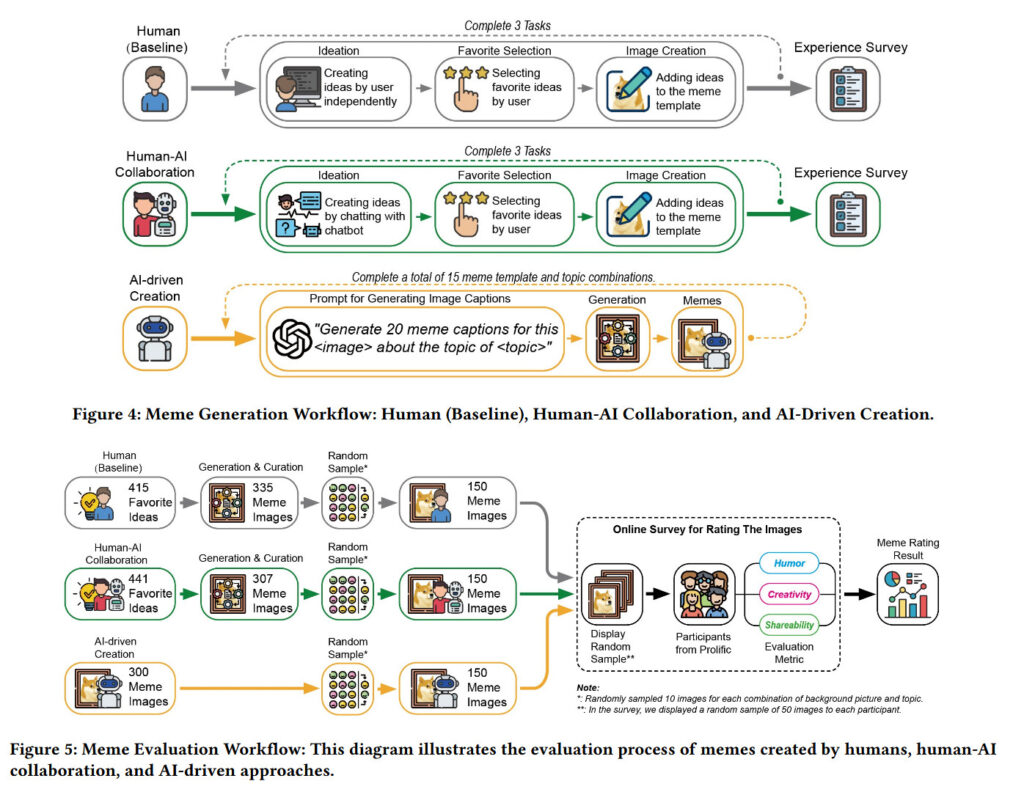Gmail unveils end-to-end encrypted messages. Only thing is: It’s not true E2EE.
“The idea is that no matter what, at no time and in no way does Gmail ever have the real key. Never,” Julien Duplant, a Google Workspace product manager, told Ars. “And we never have the decrypted content. It’s only happening on that user’s device.”
Now, as to whether this constitutes true E2EE, it likely doesn’t, at least under stricter definitions that are commonly used. To purists, E2EE means that only the sender and the recipient have the means necessary to encrypt and decrypt the message. That’s not the case here, since the people inside Bob’s organization who deployed and manage the KACL have true custody of the key.
In other words, the actual encryption and decryption process occurs on the end-user devices, not on the organization’s server or anywhere else in between. That’s the part that Google says is E2EE. The keys, however, are managed by Bob’s organization. Admins with full access can snoop on the communications at any time.
The mechanism making all of this possible is what Google calls CSE, short for client-side encryption. It provides a simple programming interface that streamlines the process. Until now, CSE worked only with S/MIME. What’s new here is a mechanism for securely sharing a symmetric key between Bob’s organization and Alice or anyone else Bob wants to email.
The new feature is of potential value to organizations that must comply with onerous regulations mandating end-to-end encryption. It most definitely isn’t suitable for consumers or anyone who wants sole control over the messages they send. Privacy advocates, take note.
Gmail unveils end-to-end encrypted messages. Only thing is: It’s not true E2EE. Read More »































